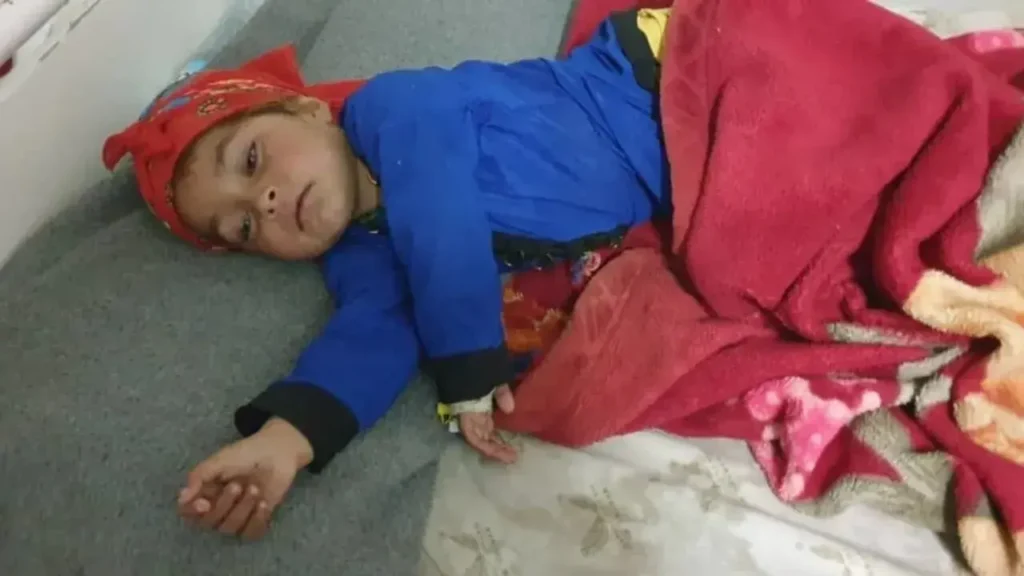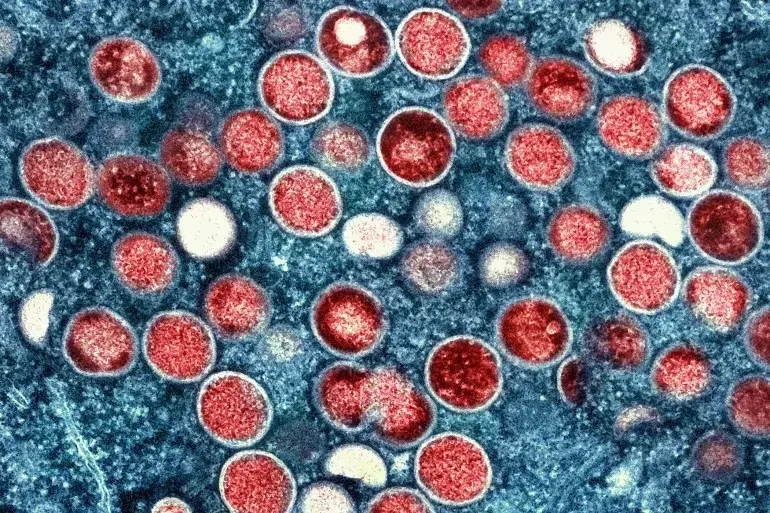Indoor air pollution is an often overlooked but significant health risk in India, surpassing even outdoor air pollution. While outdoor air quality in major cities like Delhi garners much attention, the air inside homes, especially in rural areas, remains dangerously polluted. Experts at the India Clean Air Summit (ICAS) 2024 highlighted this pressing issue, calling for expanded efforts to address indoor air quality, which impacts millions of people daily. The Invisible Threat Indoors According to Soumya Swaminathan, Principal Advisor at the Ministry of Health and Family Welfare, studies conducted in Delhi reveal that women who spend most of their time indoors are exposed to high levels of black carbon comparable to those faced by auto-rickshaw passengers in the city. Black carbon, a harmful particulate matter, is released from various sources, including traditional cooking stoves, open fires, and poorly ventilated spaces. This indoor exposure contributes significantly to health problems such as high blood pressure, chronic respiratory diseases, and heart ailments. Swaminathan noted that cities contribute less than 20% to overall state emissions, whereas household emissions range between 20% and 40%. Surprisingly, rural areas and villages often experience worse air quality than nearby cities due to the prevalence of biomass burning for cooking and heating. This challenges the common perception that urban areas are the primary hotspots of air pollution. Expanding the National Clean Air Programme (NCAP) The current focus of India’s National Clean Air Programme (NCAP) is on non-attainment cities—those that fail to meet air quality standards. However, Swaminathan’s observations underscore the need to broaden the scope of the NCAP to include rural areas and household emissions, which are often overlooked. By expanding the programme, policymakers can address the root causes of indoor air pollution that affect a vast portion of the population. Health and Economic Costs of Indoor Air Pollution Indoor air pollution not only poses severe health risks but also exacts a heavy economic toll. The World Bank recently reported that air pollution cost the global economy approximately USD 8.1 trillion in 2019, equivalent to 6.1% of the global GDP. In India, the health impacts of pollutants like PM2.5 contribute significantly to reduced life expectancy and increased healthcare costs. Swaminathan pointed out that PM2.5 pollution is almost as detrimental as tobacco use, yet it receives far less regulatory attention. Moreover, air pollution affects agriculture by reducing sunlight penetration, which impacts crop yields and, in turn, the economy. The cascading effects of poor air quality on public health, agriculture, and overall economic well-being make a compelling case for immediate action. Barriers to Clean Cooking Solutions Kalpana Balakrishnan, Director of the WHO Collaborating Center for Occupational and Environmental Health, highlighted the financial barriers preventing widespread adoption of clean cooking fuels. Initiatives like the Pradhan Mantri Ujjwala Yojana (PMUY), launched in 2016, aimed to provide free LPG connections to millions of households. However, many beneficiaries did not refill their cylinders due to cost concerns, reverting to traditional biomass fuels. Data shows that despite the government’s claims of 99.8% LPG coverage, 41% of India’s population still relies on biomass for cooking. This reliance on traditional cooking methods significantly contributes to household air pollution, leading to respiratory illnesses, cardiovascular diseases, and other severe health conditions. The Way Forward The findings discussed at the India Clean Air Summit underscore the urgent need to address indoor air pollution through a multi-faceted approach. Expanding the NCAP to cover household emissions, increasing financial incentives for clean cooking fuels, and improving public awareness about the health impacts of indoor pollutants are critical steps. Promoting clean air goes beyond safeguarding public health; it is also an economic imperative. Cleaner air will not only reduce healthcare costs but also improve agricultural productivity and attract investments by making cities and rural areas more livable. As experts advocate for stronger policies and financial support, it’s clear that tackling indoor air pollution requires collective action from governments, communities, and individuals. Investing in cleaner indoor air is an investment in the nation’s health, economy, and future.










